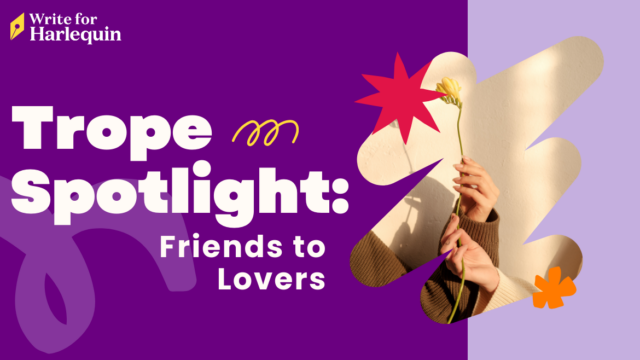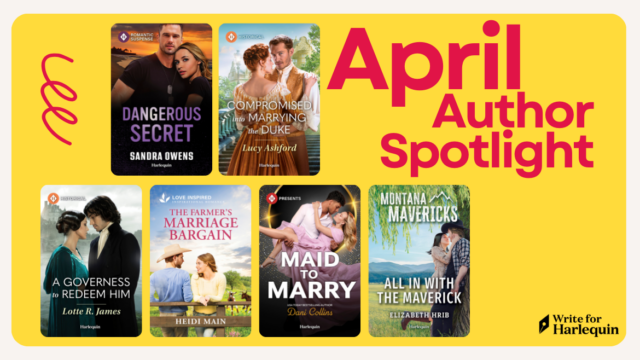by Katie Gowrie
Everyone loves a bad boy. Or maybe I should say—everyone loves a good bad boy. The guy that lives dangerously but knows how to reign it in at the right time.
Avid Harlequin readers know we’ve never said no to antiheroes, but if you’ve read the guidelines for our steamiest new series, Harlequin Dare, you know we’re now saying yes! If you’re writing one (or thinking about it), you know they come in all shapes and sizes (and don’t worry, there’s space for them in several lines).
“Bad boys”—that dangerous, leather-wearing, Harley-riding clan—aren’t always antiheroes (think brooding Jacob Black or Han Solo), and antiheroes aren’t always “bad boys” (Dexter Morgan certainly isn’t).
Hero archetypes have changed so much over the years, it’s tough to categorize them. In classic literature, while a hero was confident and skilled, an antihero (being the opposite) was often inept and self-doubting. Like Don Quixote, the lovable but absurd hidalgo determined to revive chivalry. But that doesn’t readily come to mind when we picture antiheroes today.
These guys fall into many subcategories. They could be gritty comic book vigilantes (Daredevil or Batman), domineering or obsessive alphas (Heathcliffe or Mr. Rochester), or straight-up felons with a moral compass (Dominic Toretto or Captain Jack Sparrow).
As readers demand complex characters and writers continue to colour outside the lines, we see characters in romance that are well-rounded and unique. Antiheroes are flawed—that’s true in any fiction. In a romance, what do they all have in common? They find redemption in their love for the heroine.
Here are our top tips for writing an edgy antihero that readers can fall in love with:
1. Take Superromance author Vicki Essex’s advice and give your antihero a code. Maybe your guy is involved in some shady dealings, but he makes a pact to never do things that would harm children. Phew, we know he draws the line somewhere.
2. As always, create balance. He doesn’t have to show remorse for his questionable behavior but consider making him aware of his actions. And make sure we get to see his softer side when he’s with the heroine.
3. Your antihero can still perform heroic acts. He may resort to acting outside of what’s legal or moral to get to that end, but his intentions are good so we accept him, especially within the context of his world. What’s more, his flaws make him heroic—they allow readers to connect with him.
4. Backstories give a window into his perspective and help justify his actions. Take Heathcliff’s mysterious childhood and tough teen years, which shaped him as an adult. What tipped the scales for your hero, taking him from who he was to who he is?
5. Inner conflict: in what ways does he struggle to make the right choice? Will the right choice for him differ from another person’s? We can sympathize with the conclusion he comes to if we understand how he came to it. (And it’s fun to build tension in the meantime!)
As you write your antihero, get creative, have fun, and remember that provocative characters have a place in romance. It’s your hero’s growing relationship with the heroine that will showcase another side of him. Turns out, he’s still human at the end of the day. And as he falls, readers will, too!





